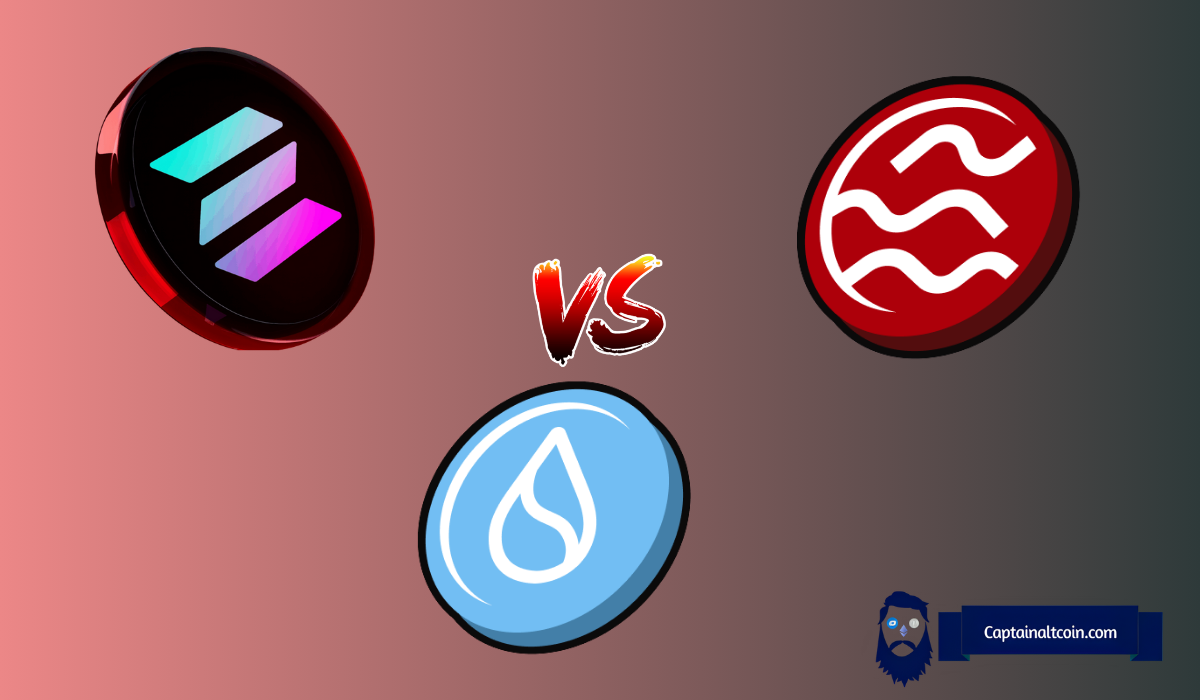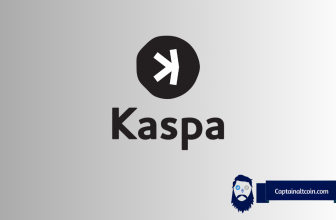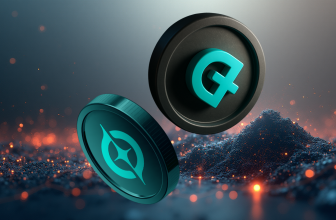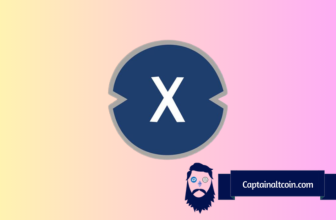
The crypto market has been brutal lately. Prices have dropped, optimism has cooled, and altcoins are feeling the pressure. An analyst called Matty from Altcoin Buzz YouTube channel pointed out in a recent episode, history shows that strong projects tend to make strong comebacks. When the storm settles, only the blockchains with solid foundations usually rise again.
He made a comparison between SUI, SEI, and Solana (SOL). Which one stands the best chance of leading this bull run?
What you'll learn 👉
Sui’s Developer Growth and DeFi Expansion
Matty kicked things off with Sui, and there’s a good reason. Despite the market downturn, the SUI token has continued to show surprising resilience in adoption and development. Its daily active users are now three times higher than Ethereum’s, and it flipped Mantle in stablecoin supply a clear sign that liquidity is finding its way to the chain.
Sui is quickly becoming a magnet for developers. Electric Capital ranked it among the top five globally in new developer growth this year, right next to Ethereum and Solana. That’s remarkable for a project that launched only a few years ago.
Its ecosystem has also been buzzing with activity. Partnerships with projects like Figure Markets to launch YLDS, a yield-bearing stablecoin registered with the SEC, mark Sui’s entry into regulated finance. The chain also supports BlackRock’s USDI tokenized money market fund, another major validation of its real-world relevance.
Sui’s DeFi and gaming ecosystems are expanding fast, with platforms like Bluefin and Suiland helping push total value locked above $2 billion even when the market was red. The challenge, however, remains decentralization. Much of its activity still runs through a small number of validators, which could become a risk as the network scales.
At around $2, Matty called Sui “pretty undervalued” considering the pace of progress. Whether that price holds depends on how well the team can balance growth with decentralization in the months ahead.
SEI’s Speed and Institutional Momentum
The next contender, SEI Network, is what Matty described as one of the most “focused” chains in the industry. Designed specifically for real-time trading, SEI aims to dominate sectors that demand speed like DeFi, on-chain order books, and gaming.
Its twin-turbo consensus mechanism delivers finality in just 400 milliseconds, which often outpaces Solana’s own benchmarks. That kind of speed isn’t just a bragging point; it’s essential for high-frequency finance.
SEI has also been drawing institutional attention. Matty pointed to the KAIO tokenized fund, launched on SEI in partnership with Laser Digital, a subsidiary of Japan’s largest investment bank, Nomura. Other names like BlackRock, Apollo, and Hamilton Lane have also been exploring real-world asset (RWA) tokenization on SEI.
When it comes to activity, SEI’s growth speaks volumes. Over 13 million monthly active addresses and $10 billion in DEX volume in the past year show strong engagement. However, its total value locked still trails larger players like Solana, which means adoption is growing, but it’s not yet at full strength.
Matty also noted SEI’s upcoming Giga upgrade, which aims to scale performance up to 200,000 transactions per second. If the upgrade lives up to expectations, SEI could cement itself as one of the fastest chains on the market. Its recent Robinhood listing gives it extra exposure to retail users, adding fuel to its momentum heading into the next phase of the cycle.
Solana’s Resilience and Real-World Adoption
No comparison would be complete without Solana, the comeback story of the decade. Once written off after the FTX collapse, the SOL token roared back to life with record-breaking trading volumes, NFT growth, and expanding DeFi activity.
At around $164, SOL has experienced sharp pullbacks lately, yet its progress beyond price remains impressive. As Matty noted, two spot ETFs tracking Solana, Bitwise’s and Grayscale’s GSOL have already gone live. That move effectively puts Solana in the same conversation as Bitcoin and Ethereum from an institutional perspective.
Another standout development is Western Union’s integration with Solana for cross-border payments. Its USDPT stablecoin, running across 150 countries, is a major step toward mainstream use. For a company with tens of millions of users, this connection brings serious exposure to SOL network.
Solana’s strengths remain its speed and scalability, capable of processing over 65,000 transactions per second with minimal fees. The chain has also become a hub for retail traders and meme coins, giving it a cultural momentum that many other chains struggle to replicate.
Still, network centralization and past outages continue to raise eyebrows. Although stability has improved, the memory of downtime still lingers among developers and users alike.
Read Also: Where Could Monero (XMR) Price Be Headed as the Privacy Narrative Heats Up?
Which Chain Could Lead this Bull Run
Matty ended his analysis with a fair take. There’s no clear winner yet as each project is building its own path in the Web3 world.
Sui stands out for its strong developer community and fast adoption. SEI impresses with its speed and focus on institutions. Solana leads in popularity, trust, and retail growth.
This bull run might not crown a single champion. Multiple blockchains could thrive side by side, each owning a different segment of the future internet. As Matty said, the future probably isn’t “winner-take-all”, it’s about who builds the most value in their own lane.
Subscribe to our YouTube channel for daily crypto updates, market insights, and expert analysis.








